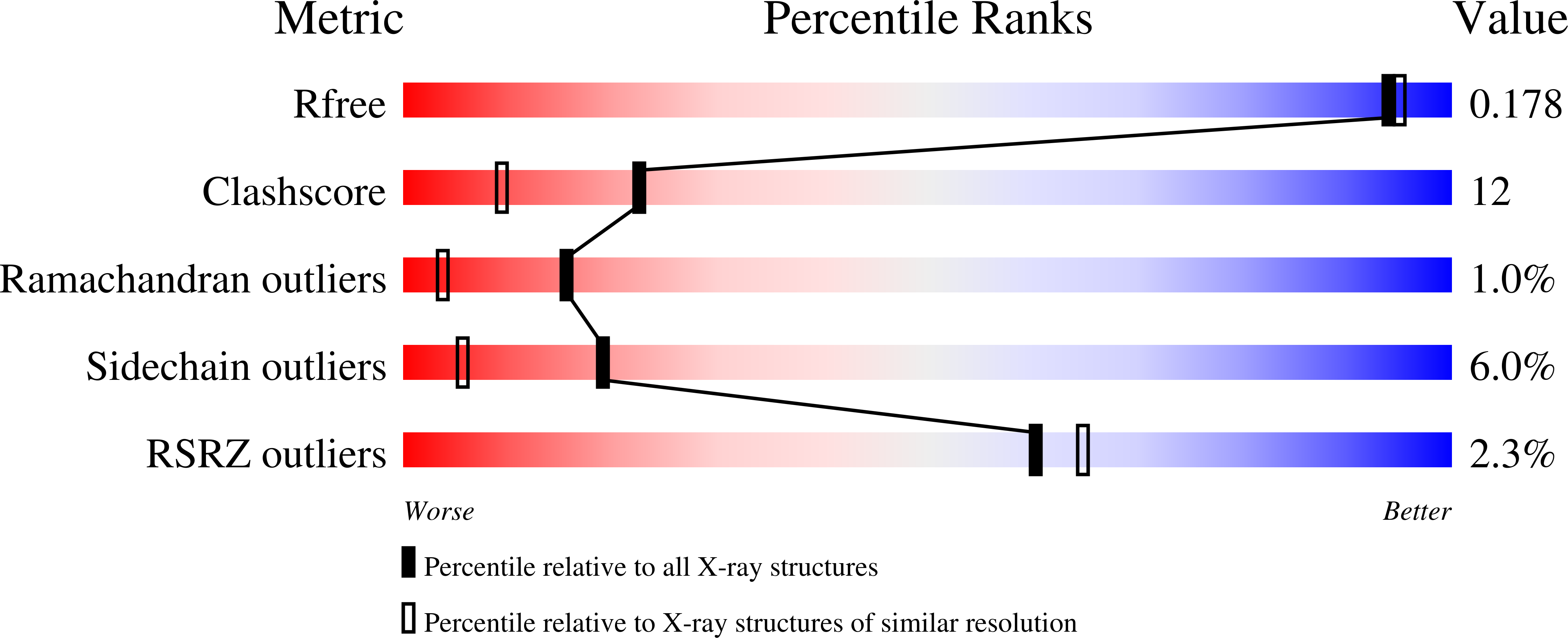
Deposition Date
2009-02-18
Release Date
2010-02-23
Last Version Date
2024-11-27
Entry Detail
PDB ID:
3GAX
Keywords:
Title:
Crystal structure of monomeric human cystatin C stabilized against aggregation
Biological Source:
Source Organism:
Homo sapiens (Taxon ID: 9606)
Host Organism:
Method Details:
Experimental Method:
Resolution:
1.70 Å
R-Value Free:
0.16
R-Value Work:
0.13
R-Value Observed:
0.13
Space Group:
P 61


